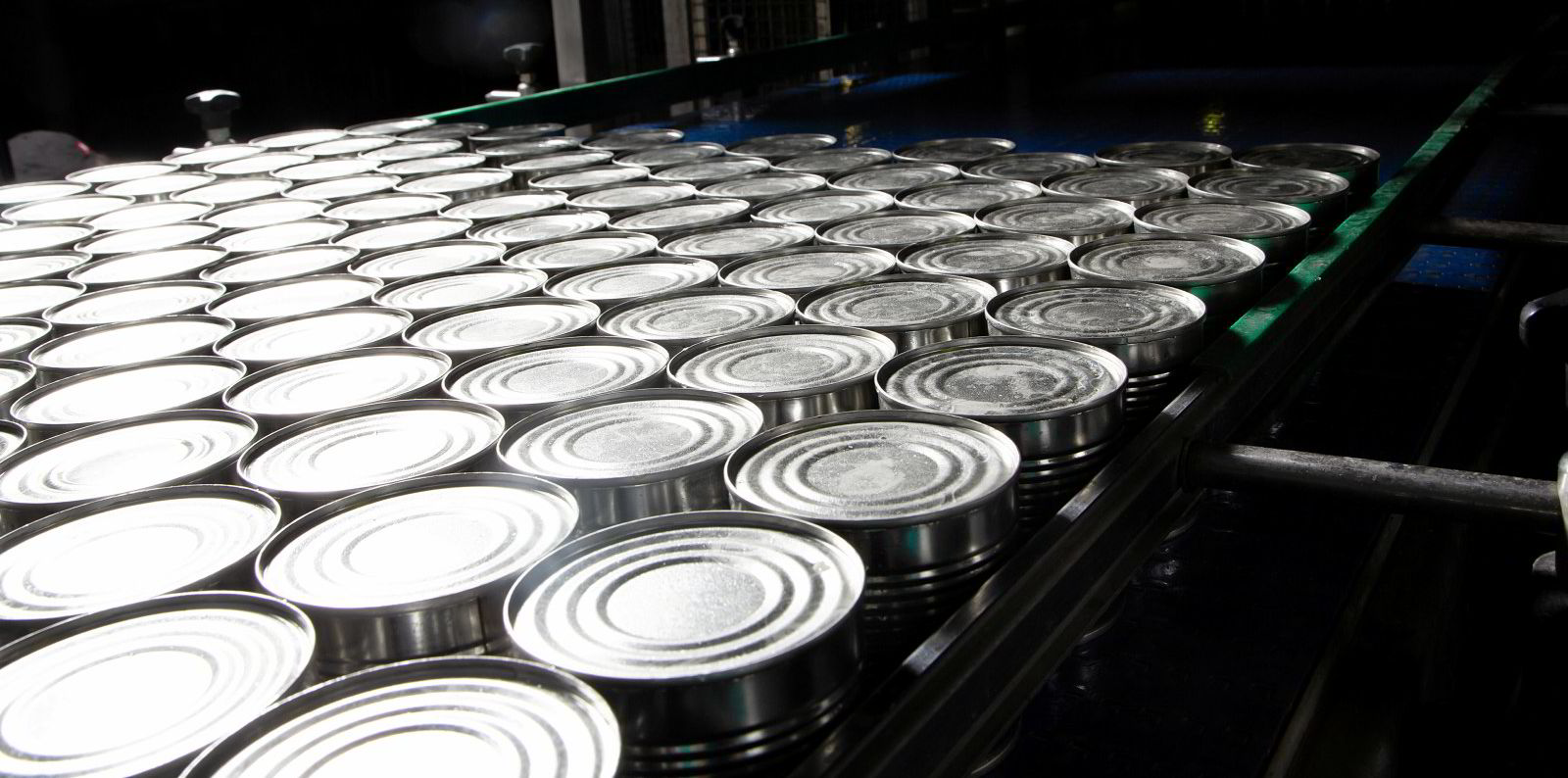Seafood sales at UK supermarkets over the past year made an impressive 15 percent jump over the pre-COVID months of 2019 as shoppers resumed their purchasing habits -- particularly toward the chilled fish section.
When lockdowns were implemented at the start of the pandemic there was a surge in panic buying, leading to a heavy upswing in sales of frozen and shelf-stable -- or canned -- seafood products.
Although frozen seafood sales have continued to grow this year, the rise is less dramatic compared to the same period a year ago. Shelf-stable sales have softened as well, but are still higher than in the same period of 2019.
In the 52-week period through June 19, the value of overall seafood sales at UK retail outlets climbed to £4.35 billion (€5.1 billion/$6.1 billion), up 8.2 percent over the same period a year ago, and 15 percent higher than the £3.8 billion (€4.5 billion/$5.3 billion) recorded in the same priod of 2019, according to the latest figures from market research firm Nielsen, released by UK seafood association Seafish.
The story is largely the same when sales are measured on a volume basis. Overall, seafood sales were up 6.6 percent over the same period last year, reaching 439,638 metric tons, and up from the 391,728 metric tons reported in 2019.
After an unremarkable increase of 0.8 percent last year, the value of chilled seafood sales over the 52-week period to June 19 shot up 11.2 percent to hit £2.67 billion (€3.1 billion/$3.7 billion).
Before the pandemic, chilled sales were at £2.37 billion (€2.8 billion/$3.3 billion) during the same period.
The volume of chilled seafood sales rose 10.7 percent to 200,945 metric tons and 13 percent from two years ago, when 177,582 metric tons of chilled seafood was sold.
Comparatively, while sales of frozen seafood in terms of value climbed 11 percent in the period through June 2020, this year the increase was more muted at 8.8 percent.
Still, in the 52 weeks to June 19, frozen seafood sales amounted to £1.1 billion (€1.3 billion/$1.5 billion), exceeding a similar period two years ago, when sales amounted to £912 million (€1.1 billion/$1.3 billion).
By volume, frozen sales were up 6.9 percent at 149,398 metric tons in the most recent period, and up 14 percent from two years ago when they reached 131,355 metric tons, demonstrating that some of the seafood sales gains during the pandemic are likely to last long term.
The end of canned seafood's golden era?
Sales of shelf-stable seafood -- made up primarily of canned seafood -- tell a different story. While sales took a leap in 2020, they are now headed south again.
In the 52-week period through June, sales of shelf stable seafood fell 4.6 percent to £577.5 million (€678.6 million/$806.7 million), after climbing to £605.5 million (€711.5 million/$845.8 million) in the comparable period of 2020.
Shelf-stable sales are still higher than the 2019 level, though, of £548 million (€643.9 million/$765.5 million).
Similarly, volumes of ambient sales fell 2.1 percent in the 52-week period through June 2021 to 89,295 metric tons, not quite as low as 2019 when they amounted to 82,791 metric tons, but in 2020 sales shot up to 91,191 metric tons.
Canned and pouched tuna sales fell 5.7 percent to £373.7 million (€439.1 million/$522 million), although they were still higher than the level two years ago of £357 million (€419.5 million/$498.7 million).
Volumes also fell off by 2.4 percent to 61,866 metric tons, but were also higher than the 56,380 metric tons pre-pandemic.
Shelf-stable salmon sales, though, dropped to lower levels than two years ago.
The value of shelf-stable salmon dropped 9 percent to £60.7 million (€71.3 million/$84.8 million), while volumes also sank to 4,310 metric tons.



